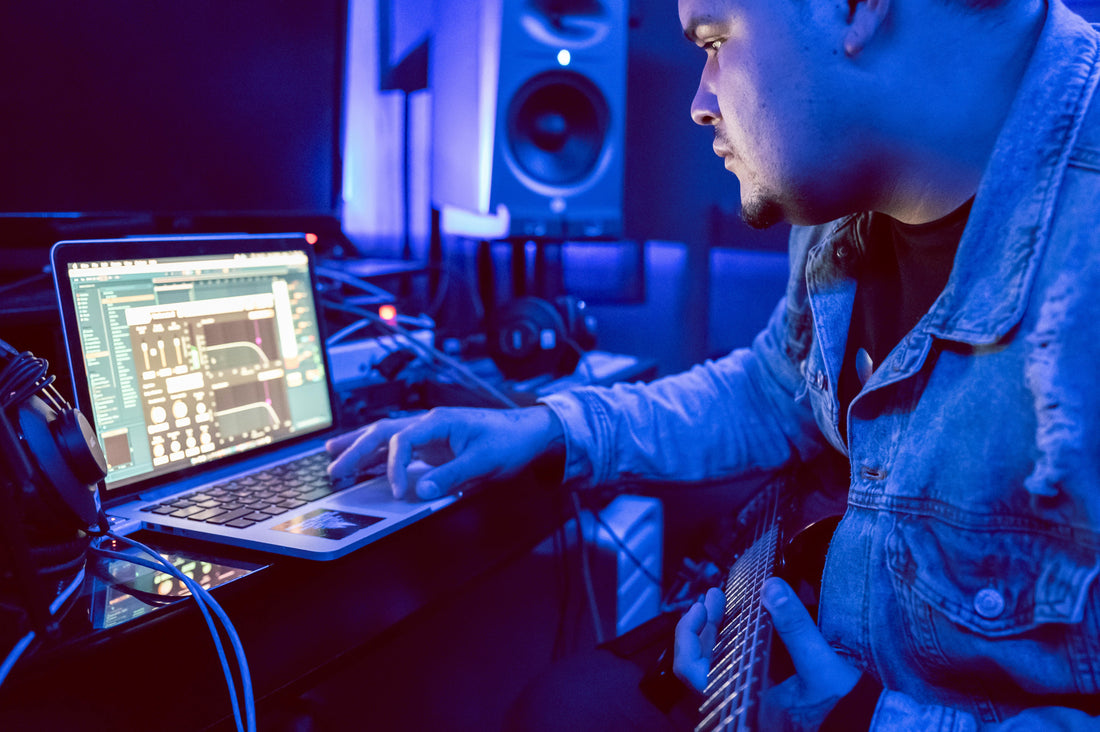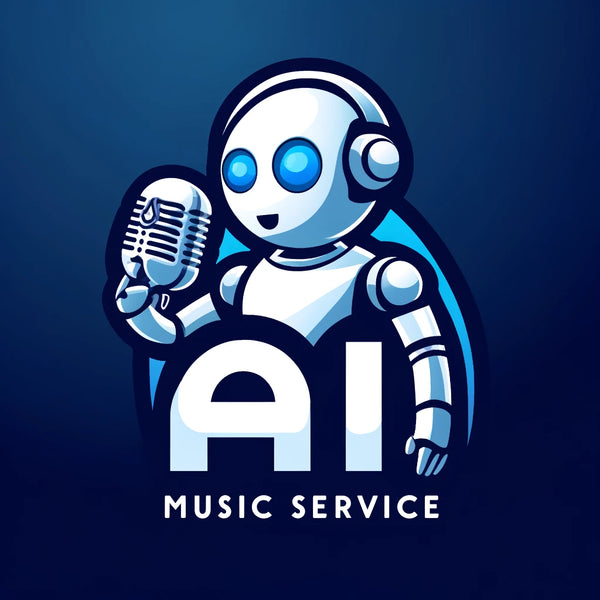
AI Music & Voice Modeling: Course for Producers to Change Lyrics
By Brandon S., founder of AI Music Service and instructor of AI Music Academy
AI isn’t replacing music creators—it’s expanding what’s possible. You’ve likely seen viral clips where one artist’s voice seems to sing another artist’s song. The same underlying tech can help you adapt performances, rework lyrics, and solve real production problems inside your DAW. In this guide, we’ll show you how voice modeling fits into modern workflows and where you can learn a complete, repeatable process in our AI Music Academy course.
Why AI Voice Modeling Belongs in a Modern Studio
- Creative flexibility: Adjust a performance for a new context—rewrite a verse, localize a hook to another language, or tailor lyrics for a client brief.
- Session constraints: If a singer isn’t available (touring, schedule conflicts, or even legacy/archival vocals), voice modeling can help you make surgical changes.
- Lost stems or outdated sessions: When you can’t find all the original tracks, re-recording from scratch isn’t always realistic. AI voice modeling offers a path to tasteful fixes.
- Faster demos & iterations: Producers can try lyric variations quickly before committing time and budget to full sessions.
Important: This isn’t about pressing a button for a “robot vocal.” The craft is in how you prep audio, guide the model, and mix results so they feel natural in the record.
What Does the Workflow Look Like?
At a high level, producers follow a practical sequence. The exact tools may vary, but the approach remains consistent:
- Plan the edit: Identify precise lyric changes and timing. Decide what must stay faithful versus what can be creatively reimagined.
- Prepare source audio: Clean, aligned vocals (or carefully isolated vocals) are essential for quality outcomes.
- Apply voice modeling: Use AI voice tools to achieve the desired timbre while preserving expression and phrasing.
- Edit & comp: Choose the most musical takes, tighten timing, and ensure lyric intelligibility.
- Mix & blend: Treat AI-processed vocals like any performance—EQ, compression, saturation, ambience—so it sits naturally in the track.
While I teach demonstrations in Logic Pro, the core process works in any major DAW. The key is understanding signal flow, preparation, and taste.
Real Use Cases (That Spark Ideas)
- Event personalization: Adjust a lyric to fit a wedding date or company theme while keeping the vocal character fans recognize.
- Client pitches & branded content: Create on-brief demos quickly—iterate lyrics for storyboards or campaign ideas without scheduling new sessions.
- Archival & tribute projects: When a performer is unavailable or a session is incomplete, voice modeling can enable careful, respectful refinements.
- Artist workflow speed: Sing the idea yourself, then apply voice modeling to audition how it would sound with a different tone or texture before a full-scale recording.
You’ll find examples of our finished work and client outcomes on our YouTube channel here: AI Music Service on YouTube.
Who This Is For
- Music lovers with a DAW: If you already record or edit vocals, you’ll pick up the method quickly.
- Producers & beatmakers: Add a modern toolset for lyric revisions, alternative cuts, and fast pre-viz of ideas.
- Audio engineers: When stems are missing—or a singer can’t return—learn tasteful techniques to rescue or enhance a project.
Yes, you can change song lyrics using AI in a way that sounds musical and natural—if you understand the craft behind prep, modeling, and mixing.
Learn the Full Method in AI Music Academy
AI Music Academy is a practical course led by me, Brandon S. (founder of AI Music Service). It’s designed to help you master AI voice modeling and lyric transformation inside your DAW using accessible, free-to-start tools and a repeatable workflow.
What you’ll learn
- Studio-ready workflow: From planning lyric changes to mixing AI-processed vocals so they sit naturally.
- Voice modeling fundamentals: Clean input, model choices, and how to preserve expression and clarity.
- Tasteful post-processing: EQ, dynamics, ambience, and glue—treat AI vocals like a real performance.
Course format
- DAW: Demonstrated in Logic Pro (transferable to any DAW)
- Structure: ~3 modules now, with ongoing updates based on student feedback
- Resources: All required software is free to start; you’ll also get access to a community of AI voice model experts for questions and support
Explore the AI Music Academy course
Frequently Asked Questions
Do I need a specific DAW?
No. The demonstrations are in Logic Pro, but the workflow translates to any major DAW (FL Studio, Ableton Live, Pro Tools, Studio One, etc.).
Is the software expensive?
The tools we use in the course are free to start. You’ll also get guidance and community support to navigate options and best practices.
Will I get project files?
Project files are not included. The focus is on teaching a repeatable methodology you can apply to your own sessions and client work.
How many lessons are there?
The course currently spans roughly three modules and will continue to expand with student feedback and new techniques.
Is this course right for producers or engineers?
Both. Producers gain creative speed and flexibility; engineers gain practical techniques for session rescue, tasteful revisions, and natural-sounding blends.
Will this conflict with AI Music Service (the done-for-you option)?
No. The course teaches creators how to do it themselves. If you prefer a done-for-you service instead, AI Music Service can professionally complete lyric changes on your behalf.
Final Thoughts
AI voice modeling is becoming a standard skill for modern creators. Whether you’re polishing a demo, localizing lyrics, or navigating missing stems, knowing how to guide the process—and mix the result like a pro—will save time and unlock new creative directions.
When you’re ready to learn the full, repeatable method with studio context and community support, join us here:









